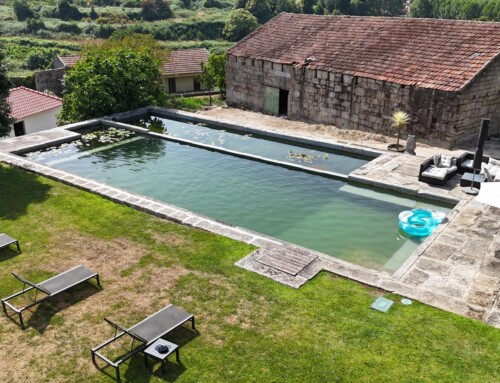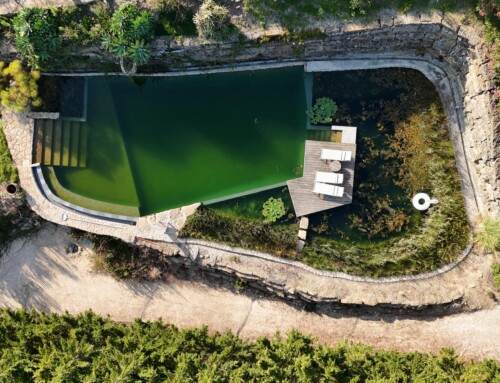Water beetles of the genus Hydrophilus are the largest insects that live underwater. Although they are rare, if a pond or biological pool offers good water quality and plenty of underwater vegetation, you may be lucky enough to encounter this impressive animal. At 5 cm long, it is the largest water beetle in Europe. Almost the entire insect is dark black, with the exception of the antennae, which are rusty in color.
The female water beetle displays an unusual way of caring for her brood. To house the eggs, she builds a boat about two centimeters long. This boat is flat at the bottom, curved at the top and equipped with a “chimney”. The upper part of this silken sac is filled only with loose webs, while the approximately 50 eggs are found at the bottom. This is why the boat, despite the “chimney” that provides an air supply, rights itself if it capsizes or falls over.
The larvae hatch after 16 to 18 days in the small boat where the female laid her eggs. They crawl along the bottom of shallow water and mainly hunt aquatic snails, whose shells the larger larvae can partially break through; otherwise, they burrow deep into the shells. The larva passes through three larval stages and grows to a length of 6 cm. In midsummer, on moist land but not threatened by water, they build a burrow in the soil where they pupate. The beetles hatch that same autumn and wait in the pupal cavity for the chitin to harden and the color to change. They then open the burrow, which often appears as a globe of earth, smooth on the inside and rough on the outside. They enter the water and feed mainly on decaying aquatic plants, crawling along the shore. When swimming, the beetle usually uses its hind legs alternately. Beetles have to deal with the danger of the waters where they live drying up, but they have a solution: wings to fly. They perform long search flights at night, attracted by light. As long as they live in a biological pool, they don’t need to move their home, as it always maintains the water level, and so the beetle can live there for up to three years.
 What is a biological swimming pool?
What is a biological swimming pool? Important to know
Important to know Beyond the swim
Beyond the swim How to build
How to build Compare
Compare PB 22.000
PB 22.000 Biological swimming pools of Public use
Biological swimming pools of Public use Janguiscina
Janguiscina Who we are
Who we are Biological swimming pools
Biological swimming pools Landscape architecture
Landscape architecture ETAP
ETAP Solar Sauna
Solar Sauna Rewilding
Rewilding News
News Photo of the month
Photo of the month Gallery
Gallery Holidays with Swimming Pond
Holidays with Swimming Pond Testimonials
Testimonials Awards
Awards Biological swimming pools around the World
Biological swimming pools around the World Piscinas Biológicas® – Live
Piscinas Biológicas® – Live FAQs
FAQs Downloads
Downloads Shop
Shop





